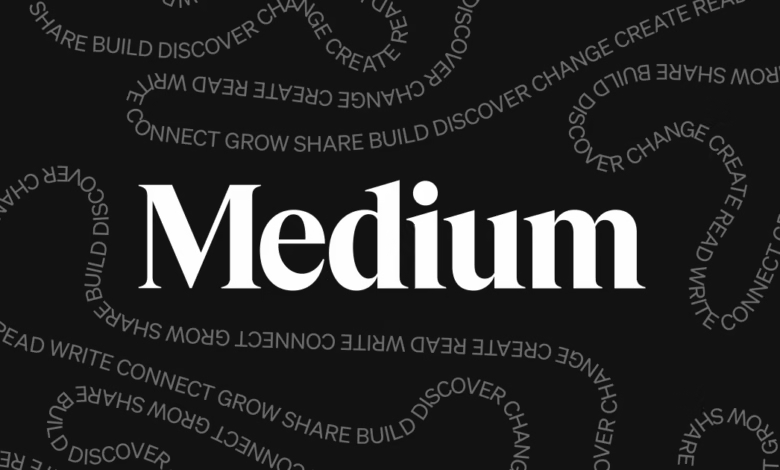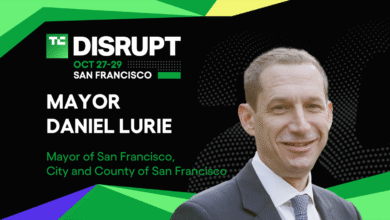Medium CEO Reveals How They Stopped Losing $2.6M Monthly

▼ Summary
– Medium has been profitable since August 2023, achieved through cost-cutting measures like layoffs, renegotiated loans, and office space reductions.
– When CEO Tony Stubblebine joined in 2022, Medium was losing $2.6M monthly, lacked funding, and faced potential shutdown without profitability.
– The platform’s business model and focus on professional content had alienated amateur writers, contributing to its financial struggles.
– Medium restructured its finances by converting loans to equity, simplifying governance, and diluting investor stakes to stabilize the company.
– Cost reductions included cutting staff from 250 to 77, lowering cloud expenses, and exiting a costly San Francisco office lease.
Medium’s CEO recently shared how the platform transformed from bleeding millions monthly to achieving profitability through strategic restructuring and tough decisions. Tony Stubblebine took the helm in 2022 when the company faced dire financial straits, burning $2.6 million each month, hemorrhaging subscribers, and lacking investor backing or acquisition prospects. His stark assessment left no room for ambiguity: either turn Medium profitable or shut it down entirely.
The platform’s struggles were rooted in its business model, which relied on a single subscription bundle shared among writers. Efforts to elevate professional editorial content inadvertently sidelined the platform’s core community, independent creators sharing insights from their expertise and life experiences. Under Stubblebine’s leadership, Medium revamped its approach by introducing tools like Boost, which incorporated human curation into recommendations, and refining the Partner Program to prioritize high-quality, thoughtful writing.
Financially, the challenges were even steeper. The company carried $37 million in debt, while investors held $225 million in liquidation preferences, creating a complex governance structure requiring approval from five investor tranches. To streamline operations, Medium renegotiated loans, eliminated liquidation preferences, and consolidated investor decision-making into a single group. The CEO also made the difficult call to restructure investor stakes, convincing lenders to convert debt into equity while diluting existing shareholders. Only six of 113 investors participated in the recapitalization, sacrificing special rights to stabilize the business.
Cost-cutting measures were equally aggressive. Headcount dropped from 250 to 77, cloud expenses were slashed by 40%, and the company exited a costly San Francisco office lease. Employees received new equity grants after previous shares were rendered nearly worthless. Though Medium’s valuation, once pegged at $600 million, has significantly declined, Stubblebine remains focused on profitability over vanity metrics.
“We are profitable, and they are not,” he emphasized, rejecting comparisons with startups still chasing growth at all costs. His candid account underscores the harsh realities of corporate turnarounds, where survival often hinges on unpopular choices, from layoffs to investor concessions. For Medium, the path to stability demanded both operational discipline and a renewed commitment to its original mission: empowering writers to share meaningful stories.
(Source: TechCrunch)





